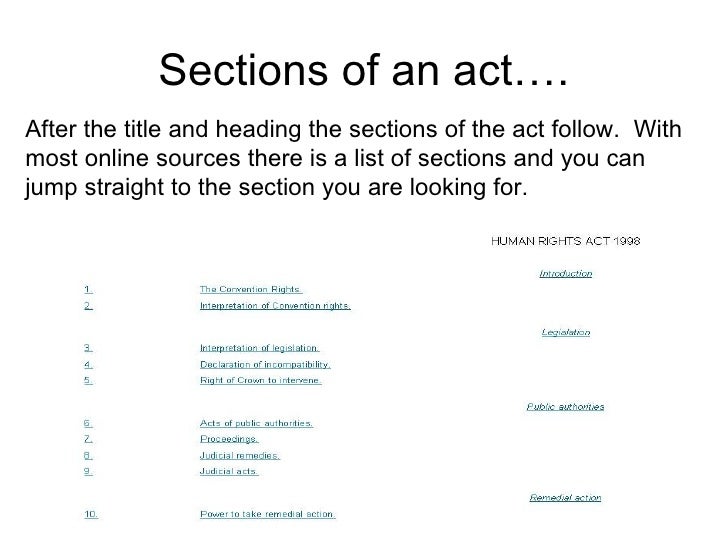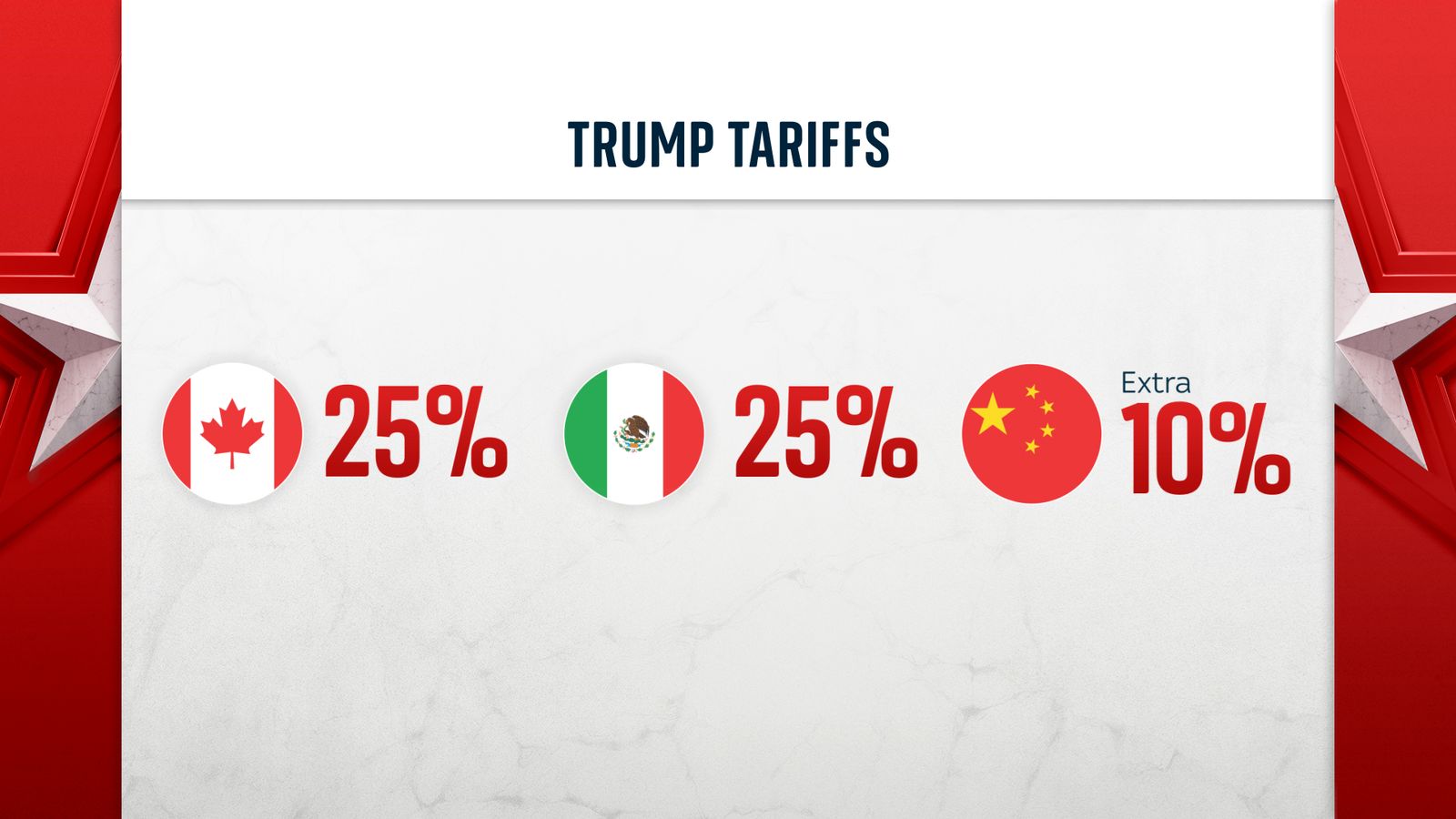Finding Your Way Around Japan's Metropolis: Transportation Guide

Table of Contents
Understanding Japan's Public Transportation Network
Japan boasts a remarkably interconnected public transportation network, seamlessly weaving together trains, subways, and buses to provide comprehensive coverage across its major cities. Understanding this interconnectedness is crucial for efficient travel.
-
Efficiency and Punctuality: Japanese public transport is renowned for its precision. Trains and buses run on incredibly tight schedules, making them highly reliable for planning your itinerary. This punctuality is a cornerstone of the Japanese culture and contributes significantly to the overall efficiency of the system.
-
Electronic Payment Systems: Suica and Pasmo are rechargeable cards that act as electronic wallets, simplifying travel significantly. These cards can be used on most trains, subways, and buses, eliminating the need to purchase individual tickets for each journey. This makes for a much more streamlined and convenient travel experience.
-
Route Planning Apps: Apps like Hyperdia and Google Maps are indispensable for navigating Japan's complex transportation network. Hyperdia specializes in train schedules, providing detailed information on connections and travel times, while Google Maps offers a more integrated view including walking directions and alternative routes.
Different types of train lines operate across Japan, each with its own coverage area, speed, and cost. JR lines (Japan Railways) are the national network, covering vast distances, while private railways focus on specific regions or cities. JR lines generally offer faster and more extensive routes but might be more expensive than private railways for shorter distances. Planning your journey with an understanding of these differences will optimize your Japan transportation experience.
Navigating the Subway Systems of Major Cities
Tokyo, Osaka, and Kyoto, among other major cities, have extensive and efficient subway systems. Understanding their operation is key to navigating these urban centers.
-
Color-Coded Lines and Maps: Subway lines are color-coded for easy identification, making it simple to follow your route on station maps. These maps are usually prominently displayed in stations, and many are also available in English.
-
Ticket Vending Machines: Ticket vending machines are common in subway stations. While they might seem intimidating at first, they are user-friendly, often with English language options. Familiarize yourself with the process before your trip to avoid delays.
-
Knowing Your Destination: Knowing the name of your destination station in both Romaji (Romanized Japanese) and Kanji (Japanese characters) is essential for smooth navigation, especially when asking for directions.
Navigating crowded platforms during peak hours requires patience and awareness. Try to avoid rush hour if possible, and be mindful of the flow of people to avoid causing congestion. Learning a few basic Japanese phrases like "Sumimasen" (Excuse me) and "Dochi desu ka?" (Which way?) can be incredibly helpful when seeking assistance.
Utilizing Japan's High-Speed Rail (Shinkansen)
The Shinkansen, or bullet train, is synonymous with high-speed travel in Japan. Its speed and convenience make it an ideal choice for long-distance journeys between major cities.
-
Shinkansen Ticket Classes: Different classes of Shinkansen tickets are available, ranging from standard unreserved seats to luxurious Green Car options. The price difference reflects the level of comfort and amenities.
-
Reservation Process: Reservations are recommended, especially during peak seasons. You can book tickets online through various websites or directly at Shinkansen ticket counters. Online booking often offers more flexibility and sometimes lower prices.
-
Amenities: Shinkansen trains typically offer a range of amenities including comfortable seating, restrooms, and often Wi-Fi. Some lines even feature onboard dining cars.
The Shinkansen network connects many major cities across Japan. For instance, the Tokaido Shinkansen links Tokyo and Osaka in a remarkably short time. Knowing the specific lines and travel times will assist in planning multi-city itineraries.
Exploring Local Transportation Options: Buses and Taxis
While trains and subways form the backbone of Japan transportation, buses and taxis offer crucial supplementary services for reaching more localized destinations.
-
Bus Routes and Ticketing: Bus routes are generally well-marked, and tickets can usually be purchased onboard or at designated vending machines. Ensure you have the correct change readily available.
-
Taxi Fares and Etiquette: Taxi fares are metered, and tipping is not customary. Taxi etiquette is generally quite formal. It's advisable to sit in the back seat.
-
Ride-sharing Services: Ride-sharing services like Uber are less prevalent in Japan compared to other countries, so relying primarily on public transport or taxis is recommended.
Night buses are a cost-effective option for late-night travel between cities. Understanding taxi meter charges and potential surcharges for nighttime or highway usage is essential for avoiding unexpected costs.
Planning Your Trip: Apps and Resources
Several essential apps and websites can significantly ease your travel planning.
-
HyperDia: This website and app provide incredibly detailed train schedules, making it invaluable for planning complex journeys across multiple lines.
-
Google Maps: Google Maps offers integrated route planning, factoring in walking distances and connections between different modes of transport.
-
Japan Guide: This comprehensive website provides an array of information on various aspects of travel in Japan, including transportation details.
Consider purchasing a Japan Rail Pass if you plan extensive travel by Shinkansen. This pass offers significant cost savings for those undertaking multiple long-distance trips.
Conclusion
Mastering Japan transportation is crucial for a smooth and enjoyable trip. By understanding the various modes of transport, utilizing helpful apps, and planning your routes in advance, you can confidently explore the vibrant cities and scenic landscapes of Japan. This comprehensive guide on Japan transportation should equip you with the tools to navigate the country's efficient and interconnected networks. Start planning your adventure now and discover the ease and convenience of Japan transportation!

Featured Posts
-
 Reddit Service Interruption A Worldwide Breakdown
May 18, 2025
Reddit Service Interruption A Worldwide Breakdown
May 18, 2025 -
 The Best Time To Visit Japans Metropolis
May 18, 2025
The Best Time To Visit Japans Metropolis
May 18, 2025 -
 Confirmation Of Romance Dove Cameron And Damiano Davids Nyc Hand Holding Photos
May 18, 2025
Confirmation Of Romance Dove Cameron And Damiano Davids Nyc Hand Holding Photos
May 18, 2025 -
 Exploring The Soundscapes Of Damiano Davids Funny Little Fears
May 18, 2025
Exploring The Soundscapes Of Damiano Davids Funny Little Fears
May 18, 2025 -
 Watch Maneskins Damiano Davids Jimmy Kimmel Live Performance Via Radio 94 5
May 18, 2025
Watch Maneskins Damiano Davids Jimmy Kimmel Live Performance Via Radio 94 5
May 18, 2025
Latest Posts
-
 Dutch Viewpoint Against Eu Countermeasures To Trumps Tariffs
May 18, 2025
Dutch Viewpoint Against Eu Countermeasures To Trumps Tariffs
May 18, 2025 -
 The Netherlands And The Trump Tariffs A Nations Resistance To Retaliation
May 18, 2025
The Netherlands And The Trump Tariffs A Nations Resistance To Retaliation
May 18, 2025 -
 Analysis Dutch Opposition To Eu Response To Trump Import Duties
May 18, 2025
Analysis Dutch Opposition To Eu Response To Trump Import Duties
May 18, 2025 -
 Public Opinion In The Netherlands No Retaliation On Trump Tariffs
May 18, 2025
Public Opinion In The Netherlands No Retaliation On Trump Tariffs
May 18, 2025 -
 Poll Most Dutch Against Eu Retaliation On Trumps Import Tariffs
May 18, 2025
Poll Most Dutch Against Eu Retaliation On Trumps Import Tariffs
May 18, 2025
